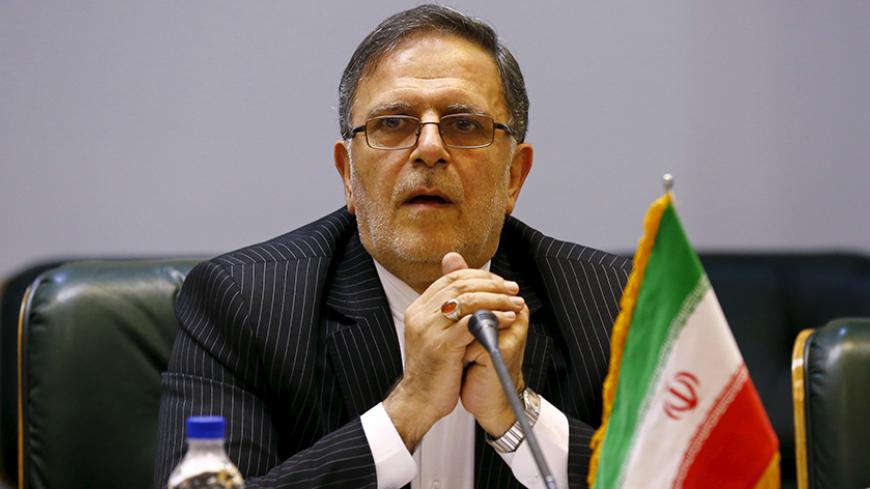In Iran, there are two main approaches to how to avoid a looming banking crisis. The first is to get the Central Bank of Iran (CBI) to implement a major quantitative easing (QE) program — the introduction of new money into the money supply — in a bid to provide troubled banks with immediate liquidity. The second, less risky, solution aims to help out financial institutions without QE. Advocates of the latter approach are very worried about the inflationary consequences of the CBI printing money. As such, they urge banks to embrace structural reforms and address their nonperforming loans (NPLs) — which are estimated at 1,100 trillion rials ($33.9 billion) in value — in a more “serious” way.
Widely backed by officials responsible for monetary and fiscal policy, the second approach has been pursued in past years. Yet toxic loans and assets have remained a major problem facing Iranian banks. In this vein, the implementation of a major QE program is highly unlikely — at least as long as moderates are in office. For the incumbent moderates, single-digit inflation has been a central economic goal and an objective that has finally been achieved after decades of double-digit inflation. Though the CBI has already significantly curbed the general level of consumer prices, fear of high inflation has not yet disappeared. Thus, the monetary regulator staunchly opposes any policy that could increase money supply, and hence prices.


